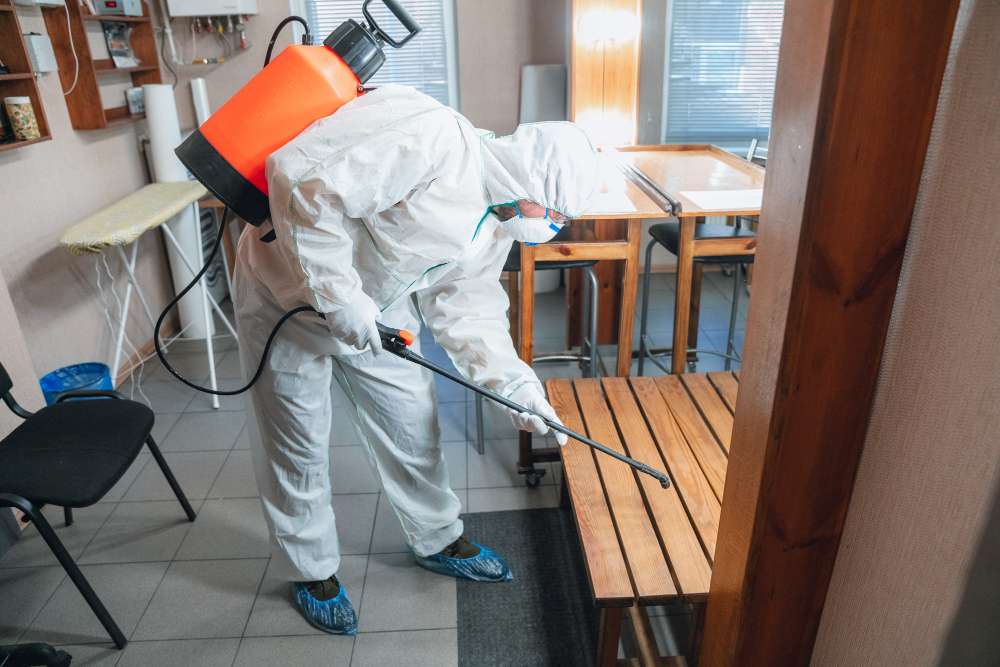Guide to Anti Termite Treatment: Detection, Prevention, and Solutions
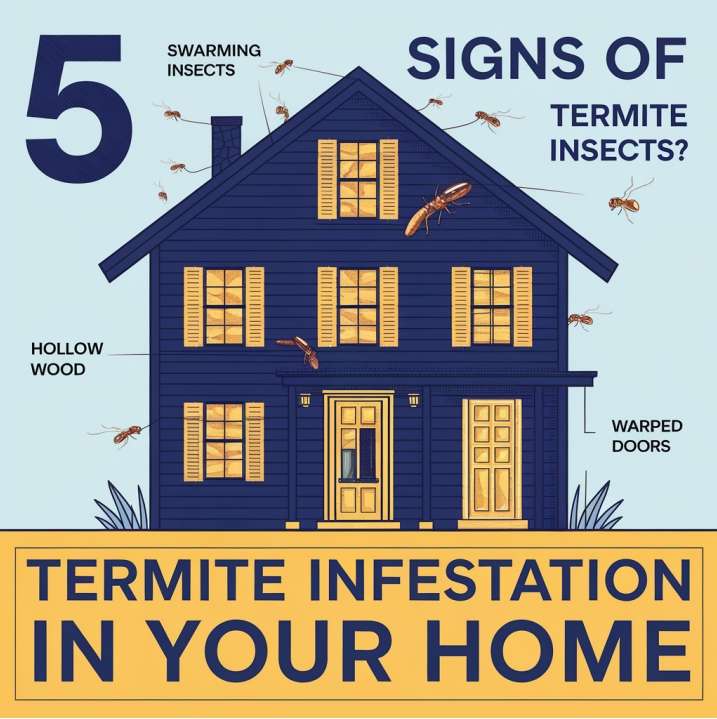
The job of the holder is to take care of our homes against unseen threats. Among such threats that people commonly underestimate is Anti Termite Treatment to stop termite infestation – this is harmful until we notice it too late. These “deemak” insects, which are small wood-eating insects, can cause our houses and wooden structures great damage. In fact, they caused billions of dollars of destruction to the United States alone. Regretfully, many of us are not able to find out about a termite problem until extreme harm has already taken place.
To bridge this gap, I will be making known to you relevant information about termite behavior, a description of which includes a range of preventive measures and will outline the pros and cons of the termite spray from the playing field.
Termites Nature’s Silent Destroyers: A Look into Them
Termite infestation is a very common type of infestation, which you may notice in homes. However, it is of uttermost importance to understand what termites are and why they are dangerous enough to be introduced into our homes for that anti termite treatment is needed. Termites are tiny, soft-bodied insects that eat average wood and other plant materials and primarily contain a cellulose diet. They also exist in the natural world where they have the ecological role of decomposing dead plants. On the contrary, when they move to our homes, they can be very destructive to the wooden elements through their invisibility characteristics.
In the Indian language Hindi, termites are known as “deemak,” which is translated to “white ant.” This name is misleading in some sense because termites are not ants per se but belong to a different insect order. The misconception has led to the logical fallacy among the locals assuming that the only distinction between ants and termites is sentience, alleging that terms are the animals that take the classification with them. 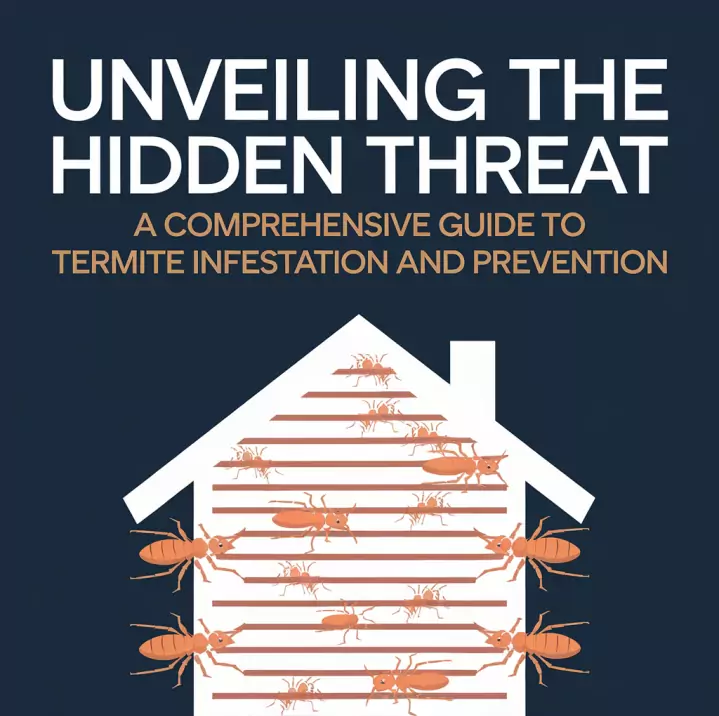
Termite Infestation: The Vital Signs of Termite in Our House
In order to shield our homes from termite damage, it is necessary to first recognize the infestation at its early stage. Five of the most crucial signs for you to determine if there is a termite infestation in your household are mentioned below:
1. Swarmers or Discarded Wings
One of the most typical indicators of a termite infestation is the presence of swarmers or their discarded wings at the site. Swarmers, such as the chalkbrood and haploid on this site, are the best-known of the 16 kinds of social and parasitic insects. In the wild, these winged termites come out in the spring season and flutter around your house or windows. Then, they mate after which the males drop their wings and the females brows the nooks and crannies to make their nest for breeding.
So if you see swarmers or the wings of insects that are on or near your home, you should take it very seriously because it is a telltale sign that a termite colony might have occurred. The specified situation requires immediate action to investigate the total damage and to apply the most appropriate anti-termite treatment method.
2. Hollow-Sounding Wood
Termites are known to feed on wood without eating away from the inside or out. The only time one can nicely or easily find the surface of the wood without even cutting it is if you could find the thin veneer of wood or paint that some of the termites probably left behind. It can lead to the breaking off of the nose dive and failure of the rear nodes in the upper deck if you guess termite by pushing on the wing with its nose and simultaneously causing an aileron shift. Try tapping on wooden surfaces indoors, say on the floor, walls, or a piece of furniture if you suspect termite activities. Areas that might be overshadowed by termite infestation might give off hollowness or a dull sound.
Make it a practice to keep a lookout for any wooden structures in your house that do not feel like solid wood or are apparently damaged, and it is crucial to lessen the inspection process to the professional inspection of the termite damage and the making of the right termite treatment plan.
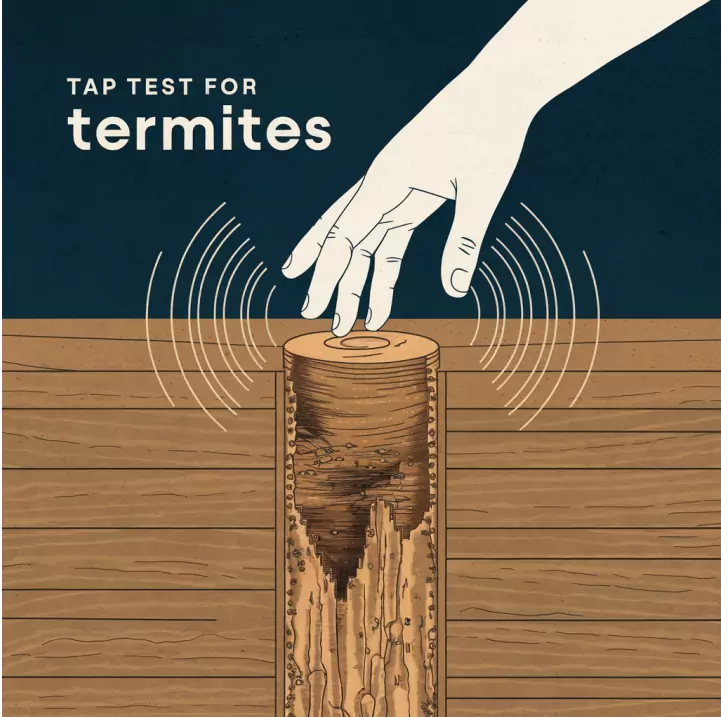
3. Mud Tubes
Termites are organisms that require high levels of moisture for their survival and they make use of mud tubes as a means of maintaining that level of moisture while moving between their nest and food sources. Although mud tubes are mostly constructed along with a house, they can still be found clinging to the crawl spaces, attics, and other sections of a house.
The mud tubes are made up of soil, wood particles, and termite saliva. They are also a good means for termites to travel uninterrupted between their colony and feeding grounds. Do you see something similar in your dream homes? If you spot a mud tube here or there (forming and/or disintegrating over time), you should know that the probability that termites are present and actively consume wood caused by it is very high. Therefore, a quick-termite treatment must be implemented to prevent further damage.
4. Frass (Termite Droppings)
Frass is the term that is used to define termite droppings, and they are also found in the areas where termites are being fed. Frass looks like granules of sand or dust particles and it is mainly found on floors, sills, and other surfaces in your house. The more the frass can be seen, the higher the likelihood of the termites being protected and actively consuming wood.
If you see small piles of sawdust or coffee grounds-like matter in your home, be sure to check it further and think about using a termite spray or another anti-termite treatment to eliminate the infestation.
5. Changing Doors and Windows
Termites have left a void in the wood and now it cannot perform the function it was meant for. So, the home will suffer structural damage which can result in doors that are not square and windows that cannot operate as they are supposed to. For instance, some of the internal and external walls have cracks that allow moisture to invade the house. From the outside, if your house walls have cracks, it could indicate leaks in your home.
There are also other causes of doors and windows that do not fit properly which might be due to the change in humidity or the settling of the house out of which the effluvia of termite activity, to my understanding of the above-written text, one always seeks a second opinion in case of any serious issue whether it is of a medical or structural nature.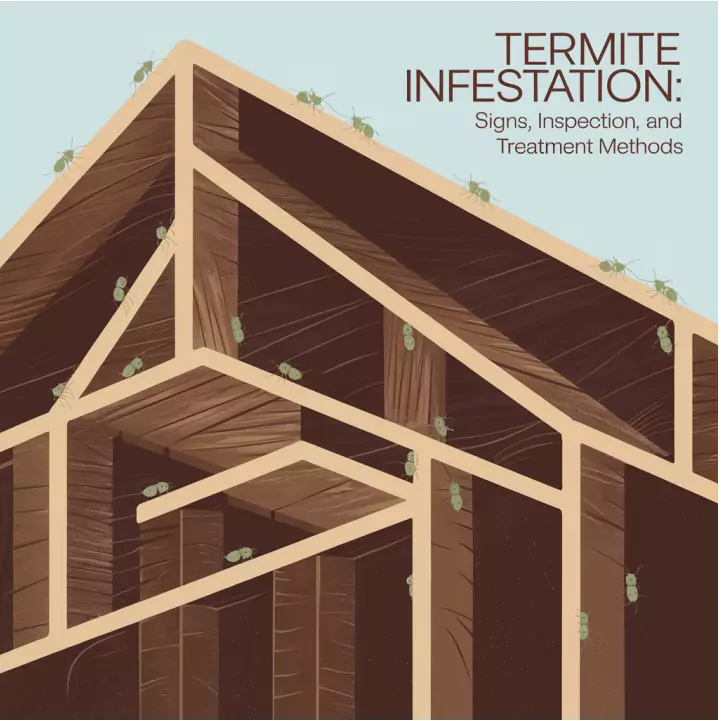
The Necessity of Expert Inspection And Professional Treatment
Whenever you see something from the list of five above, it is crucial to be examined for termites immediately. It is the trained pest control persons who are the most suitable to diagnose the exact level of infestation and give the correct anti-termite treatment options, and they are the persons we must contact.
The professionals during their termite examination analyze all places on the property such as the foundation, crawl spaces, attics, and any other areas like this where termites might be active, in extensions to the walls of termite and water damage. Complex is the use of flypapers, lighthouses, and other people’s tools. Moisture meters, infrared cameras, and even termite activity that may not be on the eye can be used. When they finish their work they will go through an analysis of all the damaged parts or of a periodical blocking based on the bee in the main attempt to claim the kingdom of the world through the hand of the shape of the constellation of the Grioune who is a man composing.
An Effective Suit of the Termite Treatment Rules
When your termites are at this stage, it will be necessary to use one or many of the anti termite treatments. There are different treatment methods in the market and the treatment chosen will depend on such factors as the infestation’s degree, the type of termites found, and the house structure. Some common methods of treatment for termites are listed below:
1. Liquid Termiticides
Liquid termiticides have a proven track of being the most practical means of anti termite treatment. These solutions are mainly applied through the ground surrounding and underneath the buildings, thereby forming a protective barrier. Termites that come in contact with the treated soil either die directly or bring the chemical back to their colony and so the whole termite population gets eliminated.
With the innovations in liquid termiticides, the chemicals are made to last long and are eco-friendly. Some of these chemicals can provide protection for up to five years if used as recommended.
2. Termite Baiting Systems
The termite baiting systems are basically a system with a certain number of bait stations that are strategically placed around the house perimeter. The bait stations are filled with a slow-acting poison of cellulose material. Foraging termites are the first ones to find the bait, eat it, and later share it with the rest of the colony members. Over the course of several months, their whole number will diminish enabling the living organisms to have an easier track of their loved ones and with the light of the stars, they will have peaceful nights permanently probably resolved in the form of a continuum of the symphony.
Baiting systems are an easy and nontoxic alternative to liquid treatments that still require regular monitoring and maintenance.
3. Termite Spray
Termite sprays are the treatment options for localized termite infestations. The majority of these terms contain insecticides that can be applied to the infested wood or termite mud tubes. Although termite sprays might help with some treatments, they are not fully preventive against future infestations.
You have to notice that despite the existence of the termite DIY sprays some of them are professional grade and utilize application techniques that are more advantageous in controlling termite populations.
4. Wood Treatments
Scientific research has been opening up new ways of applying chemical preservatives on the wood materials of a building to be rendered immune to termite attack. This anti termite treatment can be applied during construction or even after the structure has been established as a remediating measure. These methods use penetrating chemicals to get into the wood whereas others form a protective outer layer in the process.
Preventing Ides of Termite in the Future 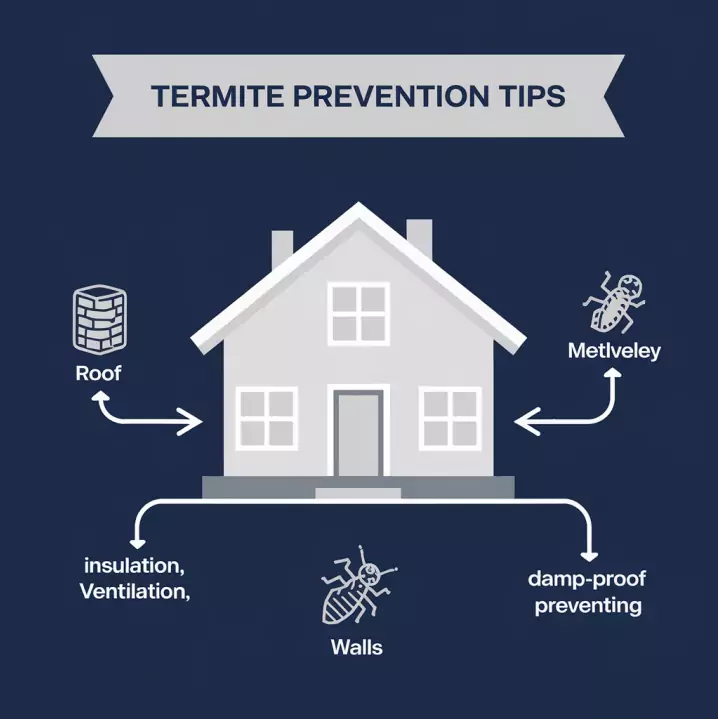
After neck-and-neck therapy for termite infestation, it creates a necessity to take care of the fact that such problems will not originate in the future. Below are some of the possible measures to implement like insulation, more ventilation, and damp-proofing that help to control mold growth and thereby ease asthma symptoms. As far as the visual part of the house is concerned, all people would generally agree that it would be smart to spray preventing agents on the whole house’s exterior to stop termites from coming inside.
- A way of doing this is to use wood preservatives.
- Keep away firewood and other things made of wood from the edges of the foundation.
- Get your building a proper draining system to avoid the buildup of moisture.
- From time to time searching and observing for the existence of termites.
- An annual professional termite inspection would be advised for a start.
- Concession of preventative termite treatments such as the chemical barriers or the baiting system method.
Conclusion: Preserving your materials from termite attack
From my experience as a homeowner, the key is to be always alert against termite insects which, if left unnoticed, will destroy the house. I hope that this text will help you to get better enlightenment of the situation with your anti termite treatment and control and give you a few insights that will help you to avoid costly repairs.
If you suspect that your house might be invaded by termites, then a professional pest control service is the best option for a thorough inspection and a custom treatment plan. With the correct anti termite treatment approach and action of prevention, we can ensure that our homes remain termite-free and stable for a long time.
Contents
- 1 Guide to Anti Termite Treatment: Detection, Prevention, and Solutions
- 1.1 Termites Nature’s Silent Destroyers: A Look into Them
- 1.2 Conclusion: Preserving your materials from termite attack
